*Disclosure: This post may contain affiliate links meaning that at no additional cost to you, I will earn a commission if you click through and make a purchase.*
Instagram has become a great place for creative minds to share their art, and this is no different with hand embroidery. There are thousands of embroidery artists of all levels in the Instagram community, and artists are more than willing to help one another.
There are a few mistakes that I have come to realise over the years that I often see others make, so I thought why not follow suit to my fellow Instagram creatives and help those who are new to the craft with some top tips!
So, here we go!
Keep reading for the most common mistakes I see hand embroidery beginners make, so that you can avoid them!
1. Using warped and poor-quality hoops
When it comes to embroidery, the embroidery hoop is one of the key elements of the entire process. Even if you don’t want to keep your finished piece within the hoop, you still need to use one when you're stitching.
The purpose of the hoop is to pull the fabric taut, so that the fabric lays flat and isn’t floppy. This essentially makes it sooo much easier to stitch and pull the thread through the fabric.
However, if you use a cheap, non-branded or warped hoop, it is going to make it much more difficult to stitch. This is because rather than keeping the fabric tight, as you stitch it gets looser and looser, and you end up with slack fabric.
You don’t want that, trust me. It makes the process 10x more difficult, and ultimately less enjoyable!
Ideally, you’ll want to use a hoop that is going to keep your fabric tight throughout the whole process of stitching. I personally like good quality wooden embroidery hoops for this reason, in particular the
Elbesee hoops.
2. Using the wrong fabric
Fabric can make a huge difference in the overall look of your piece of embroidery.
I often see beginner embroiderers using aida, the popular cross stitch fabric, which isn’t necessarily the best fabric to use for modern hand embroidery. This is because it is a ‘counted’ fabric, making your finished embroidery quite ‘boxy’ and not as free! And after all, the freedom is what makes modern embroidery the craft that it is!
Another point to consider is the weight of the fabric. The weight needs to be thin enough to be able to see through it so that you can transfer your design onto the fabric, but not too thin so that you can see the stitches through the fabric when the design is finished.
Quick tip – if your fabric is quite thin, you can always double up your fabric. I personally use quite a light-weight calico fabric, so always use 2 layers. I transfer my design easily through one layer, and then add another layer of the fabric behind it when I start stitching.
3. Not pulling the fabric taut
This one is probably the biggest mistake I see beginner embroiderers make – this one really grinds my gears!
When you put your chosen fabric into your hoop, you need to make sure you pull the fabric tight, as well as tightening the screw on the hoop. This isn’t necessarily a quick process, and can be quite painful on your fingers (yes – that’s how tight you need to get it!)
You’ll often hear embroiderers say that the fabric needs to be ‘drum tight’, which basically means that you should be able to tap on the fabric like a drum.
The best way to do this is put the fabric in the hoop, tighten the hoop screw a lil bit, then pull the fabric equally all the way around the hoop, then tighten the screw a bit more, then pull the fabric again. Finish off by tightening the screw (preferably with a screwdriver) until you can’t tighten the screw anymore. By that point, your fabric will be taut and drum-tight!
4. Not splitting the strands of thread
This one is a tad dependable.. in that it totally depends on what you’re stitching.
Most embroidery floss, such as DMC and anchor, comes in 6-strand skeins.
However, I often find that beginners tend to just use the embroidery thread straight from the skein as they buy it, i.e. with all 6 strands. Don’t get me wrong, I use 6 strands quite often, but sometimes certain things require something a bit more intricate.
Sometimes, the overall embroidery piece can actually look a lot better if you vary the number of strands of thread you use. I'm going to be sharing a blog post soon all about how many strands of thread to use in embroidery. If you want to be notified when it releases,
sign up to my email list here!
5. Using a biro to transfer the designs
There are many ways to transfer an embroidery pattern or design onto your fabric, but let me tell ya, biro is not one of them! If you use biro then you are playing a dangerous game, cause once it’s on the fabric, you won’t be getting it off!
That being said, biro is okay if you know for sure that you’re going to be covering the lines with stitches, but honestly, that can’t always be guaranteed.
My favourite way to draw on embroidery patterns is by using
a heat erasable pen, using my iPad as a light source, but there are lots of different ways to transfer embroidery patterns to fabric, including carbon paper, water soluble pens and printing directly onto the fabric.
6. Pulling your stitches too tight
You can usually tell by looking at embroidery whether the stitches have been pulled too tight. Each stitch should essentially rest on top of the fabric, and it shouldn’t ‘tug’.
You’ll know if the thread is being tugged way too tight if it is leaving a bit of a hole where you brought the thread up through the fabric – any form of holes being pulled open in the fabric is the tell-tale sign.
The goal is to have your stitches laying neatly flush to the fabric; pulling them through enough so that the stitches aren't loose and slack.
7. Using lengths of thread that are too long, or too short
Okay, I’ll admit, even I am guilty of this one, still! I always cut super long lengths of thread because I’m a tad lazy at times and don’t want to keep replenishing my thread and needle.
But, it can actually make the process longer, because longer lengths of thread seem to be a lot more likely to tangle. When you pull the thread through the fabric, it can end up knotting in the process, which either means spending ages trying to unpick the knot with your needle, or having to cut the thread near the knot and trying again.
You’ll also find that the thread can actually ‘wear’ the more times it is pulled through the fabric. This creates a bobbly and frayed appearance to the thread. To keep is shiny and smooth, try not to cut it too long!
On the other hand, cutting the thread too short can mean that you don’t have enough thread for the stitch you want to do, and you have to keep cutting more lengths, rethreading your needle, knotting your thread and starting over.
For example, for a French knot you need a fair amount of excess thread to wind around the needle. If you don’t have enough thread, it’s going to make it really frustrating to stitch!
All in all, it’s annoying and it’s actually quicker to cut the thread to the right length (which, FYI, is about the length of your forearm!)
8. Rushing… trust the process!
The final mistake I often see is people rushing before they are ready, or before they have fully practiced.
Whether this is rushing to sell your pieces when you haven’t quite mastered the basics, or rushing to work on patterns that are a bit too intermediate for your skill level. It is totally okay to be a beginner, and everyone is a beginner to start with!
So, keep calm, start small, keep practicing and trust the process!
I hope this was super helpful!
Do you want even more tips about All Things Embroidery?
Join my online membership exclusively for stitchers where I share my best embroidery tips + tutorials every week with members. With a community of other stitchers cheering you on, learning a new hobby has never been easier - or more fun.







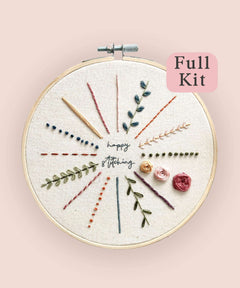
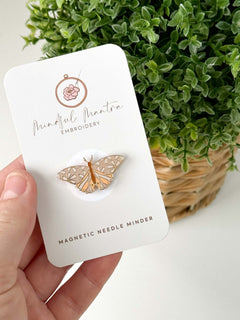
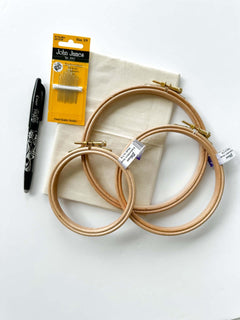


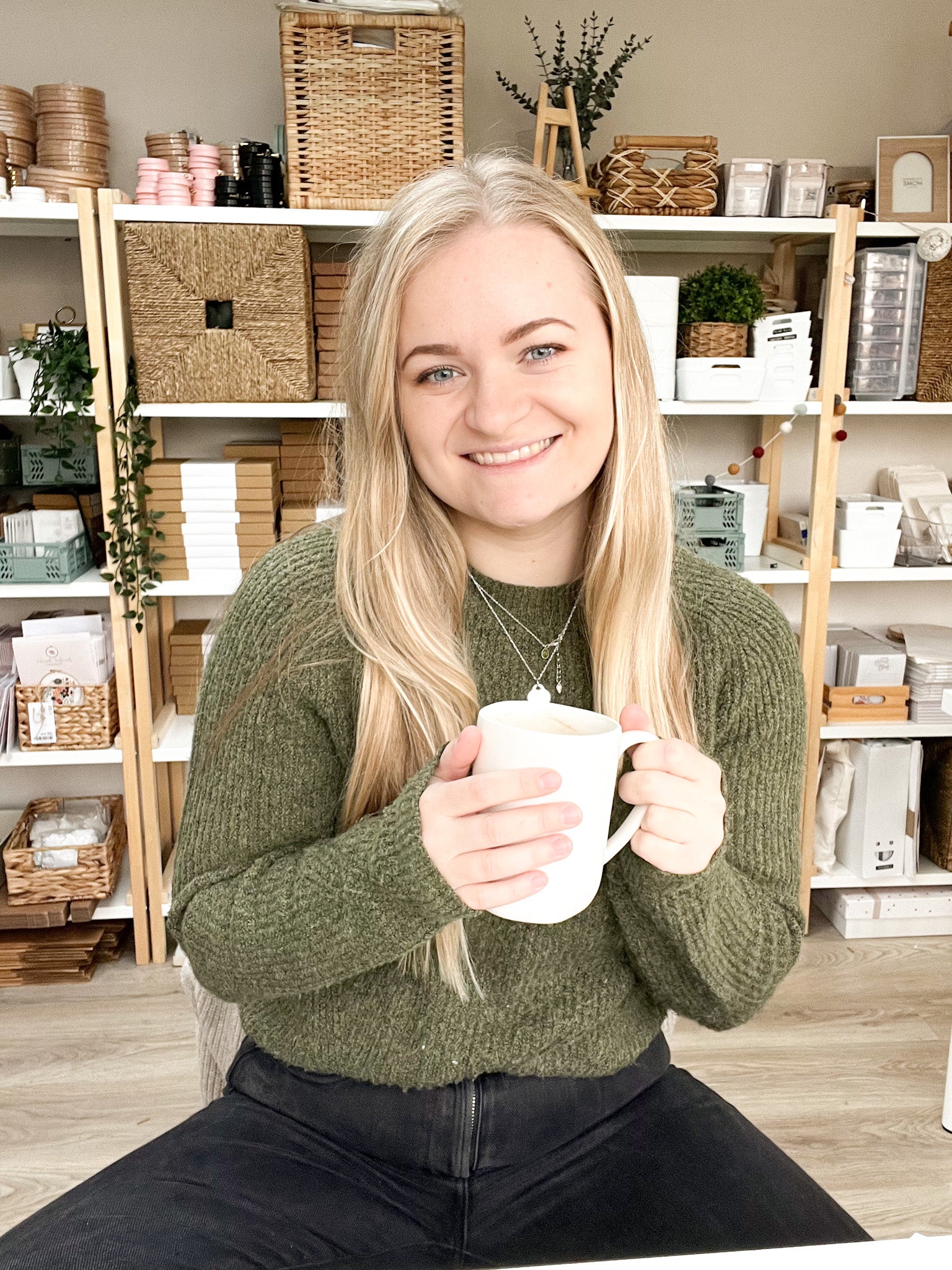
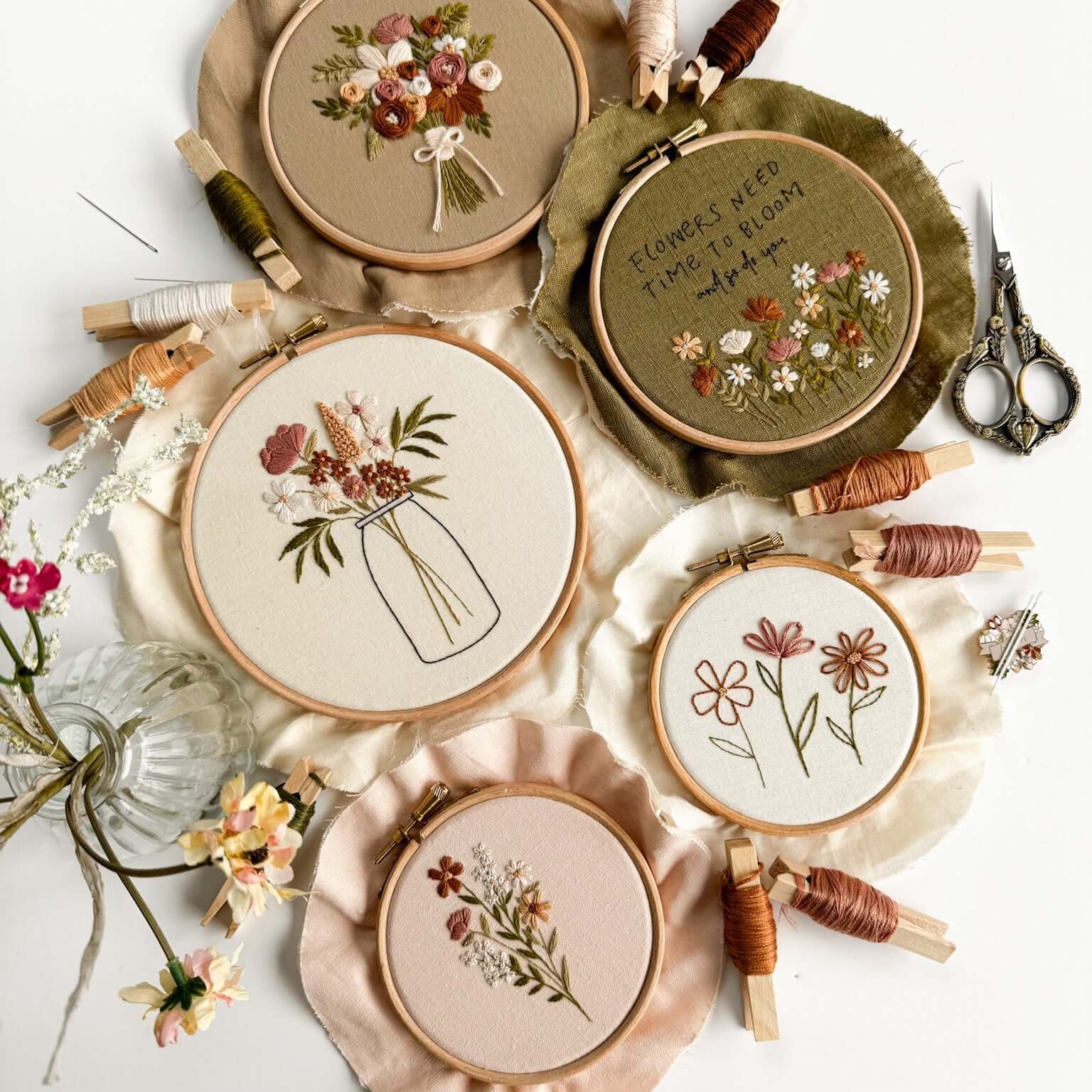
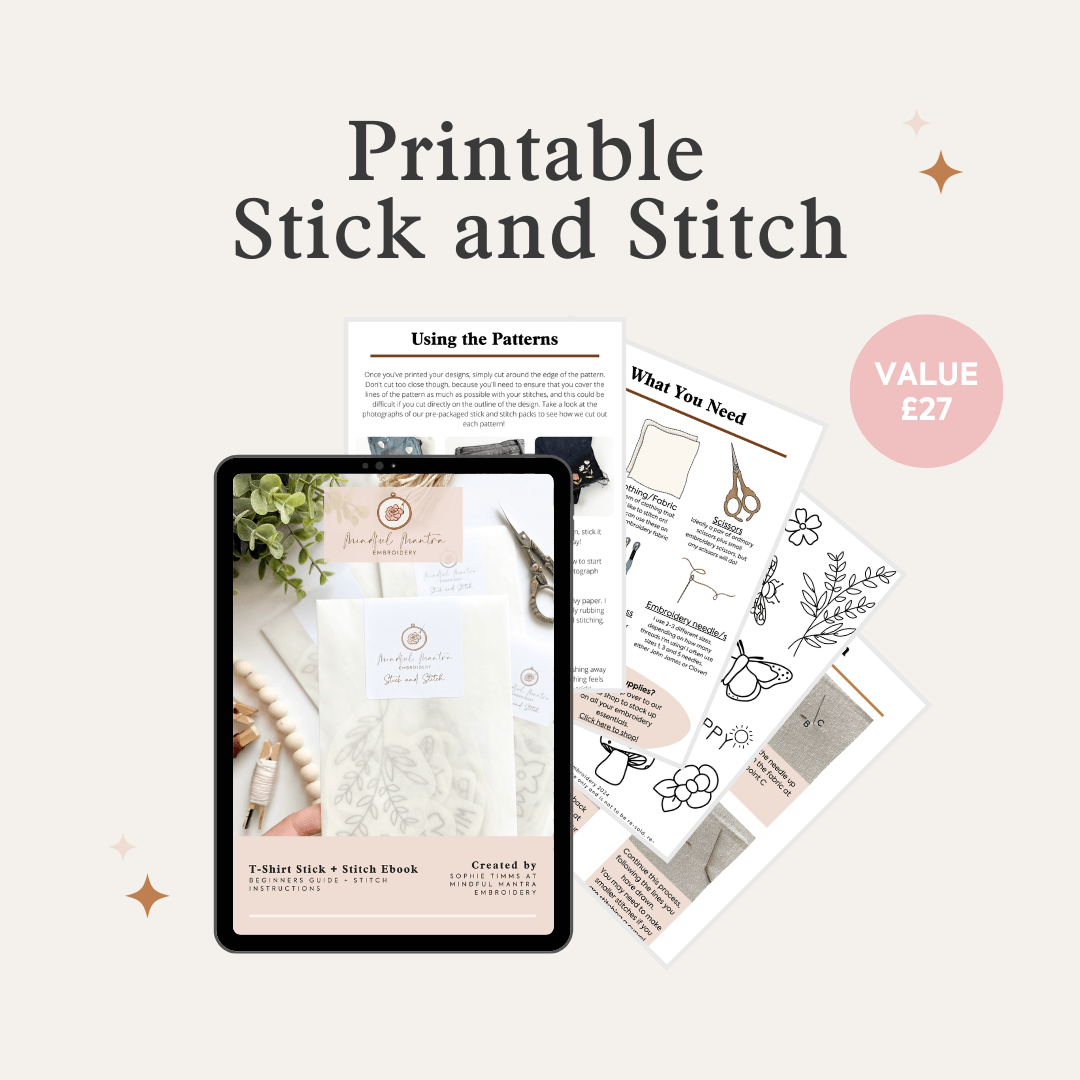
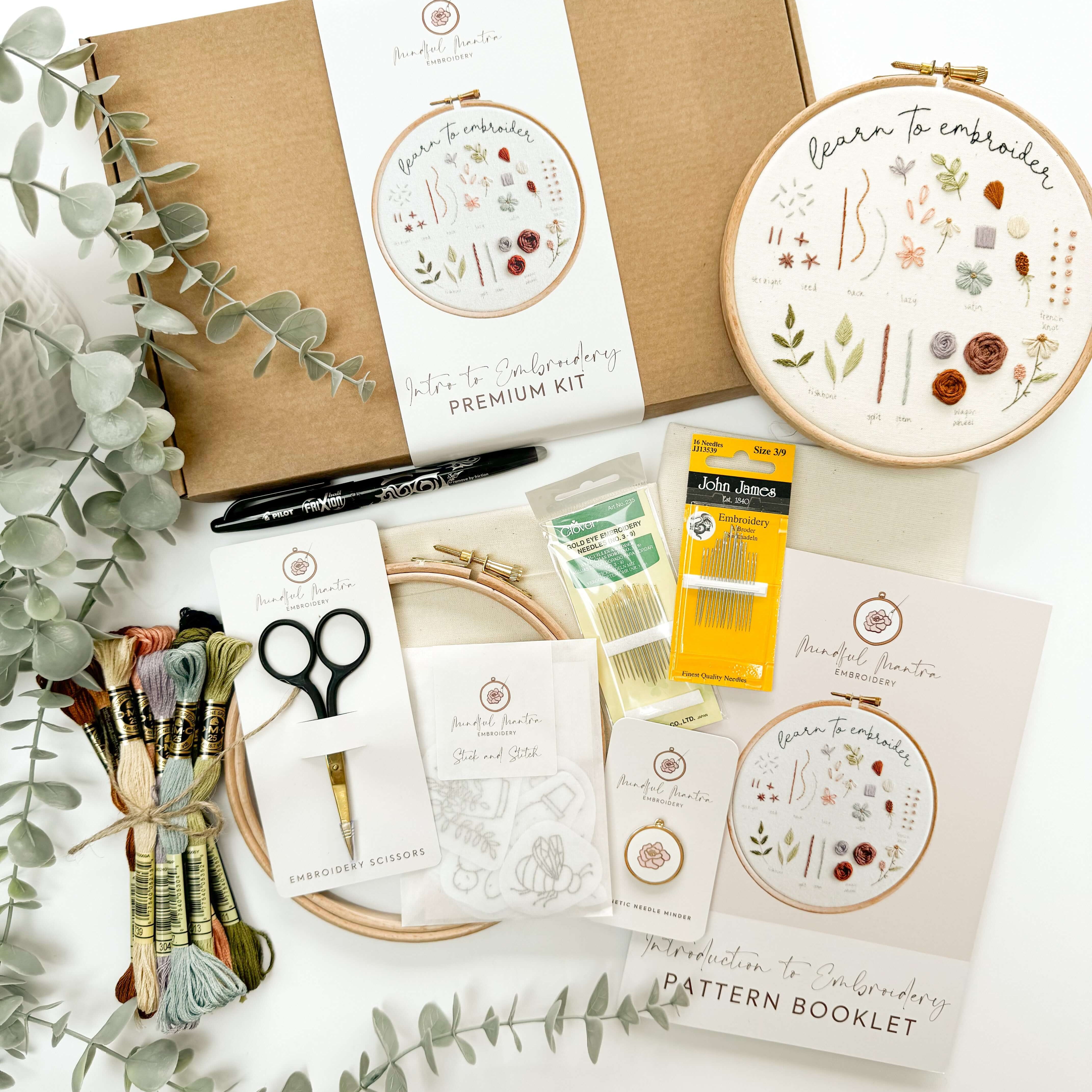
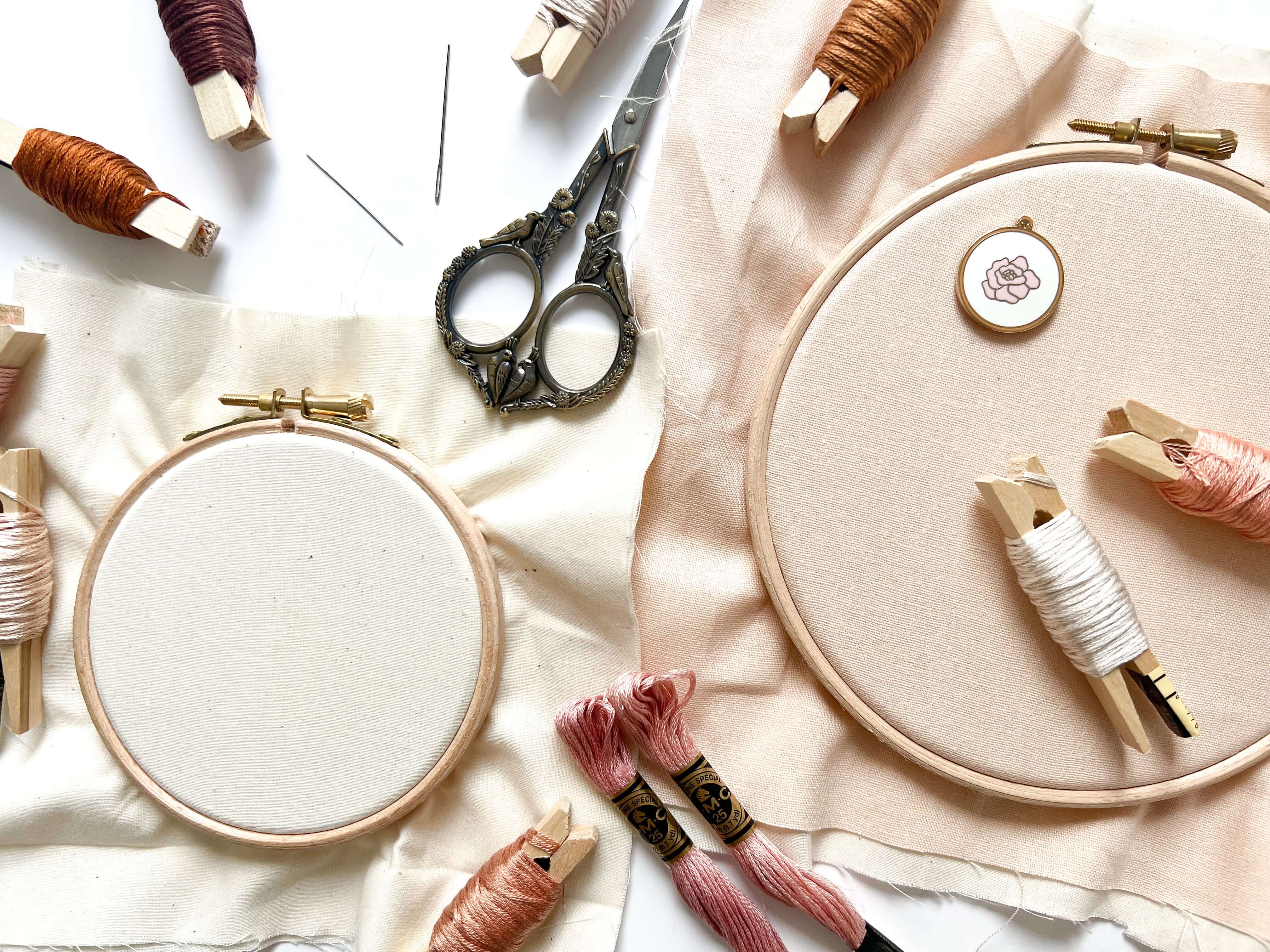
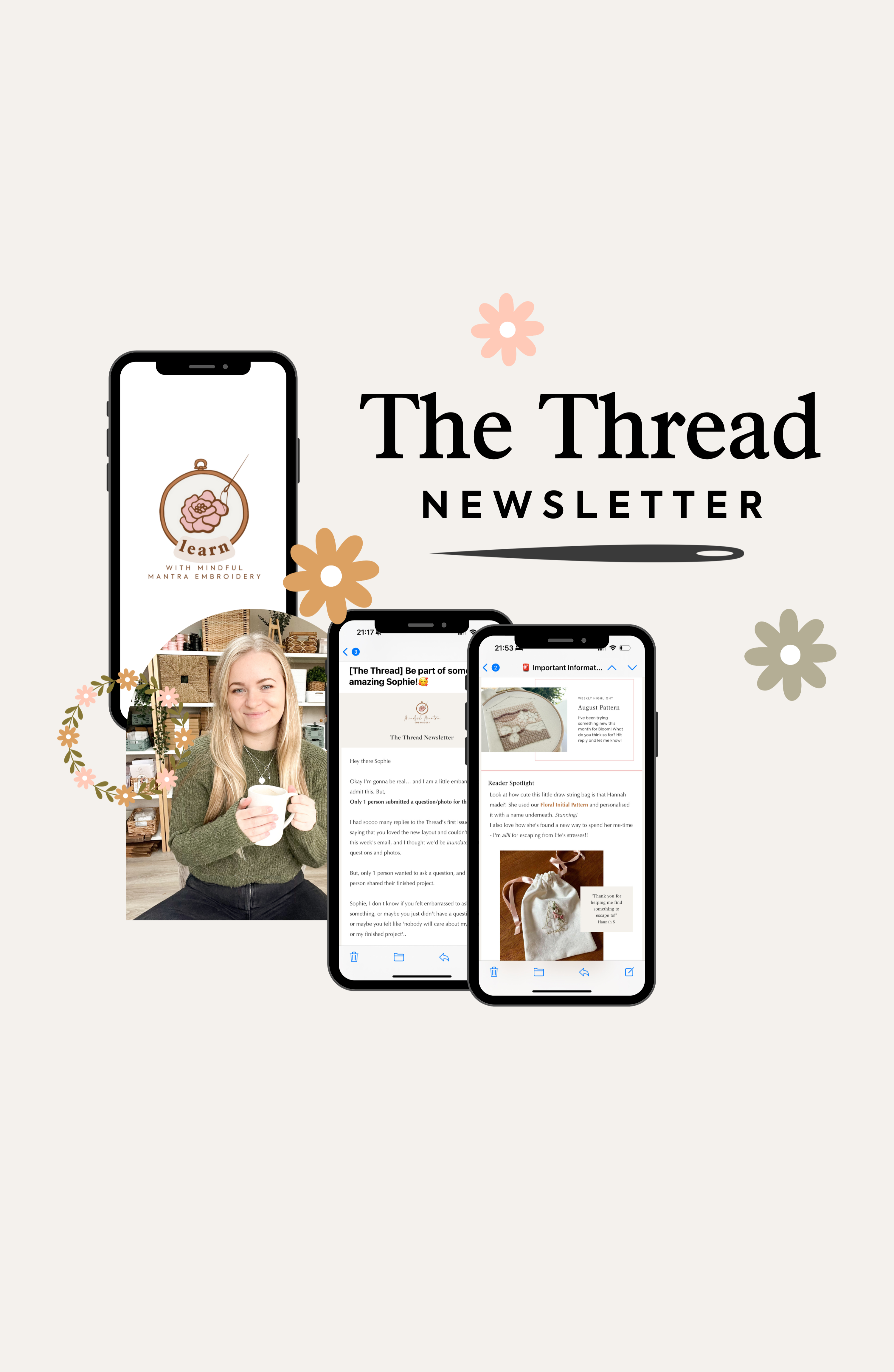
Leave a comment